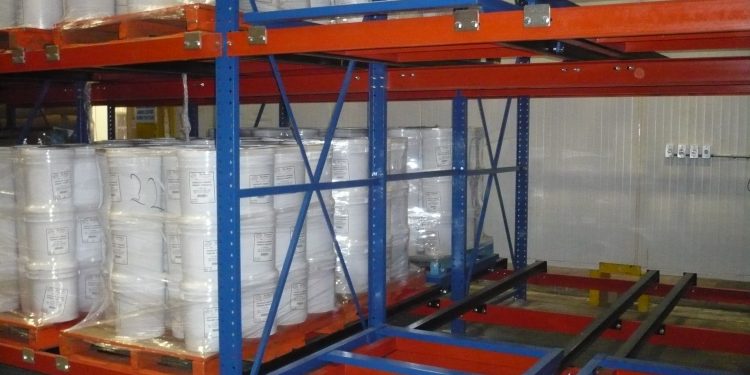Planning Your Rack System- Part 1

With myriad options to choose from, this explainer will help you zero in on the right system for your operations.
Every distribution center and manufacturing operation relies on racking. While that’s a given, the various configurations and options of racking will vary widely from one facility to the next, and from one type of operation to the next. Sorting through the options can be a timely task, so working with a professional who understands all the ins and outs to optimize operations is the only way to go.
Before you reach out to that professional, however, you can get a basic understanding of what’s available and how each option works.
To begin with, there are two basic options in racking materials: roll formed and structural steel. Each has its pros and cons. Manufacturers make roll formed from sheet steel, configuring it into specific shapes. It’s generally lighter and less expensive, as well as versatile. However, because it’s thinner than structural steel, it’s also more prone to damage and can’t necessarily withstand the bigger loads many facilities must store.
Structural steel, on the other hand, is made from hot rolled structural shapes, is heavier than its counterpart, and more durable. It can also handle higher capacities of pallets and products. Its cons include a higher cost to manufacture and ship, its nut-and-bolt connections take longer to install, and it is more generally more difficult to reconfigure.
When considering possible rack systems, you can view them for their density and their selectivity. Density means how much product you can store in a rack. Selectivity, on the other hand, means how easily you can access pallets and products in a rack. Typically as density increases, selectivity decreases, so you need to work with your racking partner to determine your needs and subsequent options.
Types of racks vary from the very simple, on up to the very complex and automated.
At its simplest, you get selective racks. These are upright frames and shelf beams, and the pallets generally rest on the beams. Its upsides include a low cost of entry, and high selectivity because pallets are accessible from all aisles. Its downsides include the fact that it is not meant for high-density storage, and you can’t therefore store a wide selection or volume of product.
Currently, the trend in warehousing is to build racking with a focus on selectivity over density because there are more SKUs than ever. But if your focus is density, the next step is the double deep selective rack. Like its single-deep cousin, double-deep selective racking is affordable and simple—its configuration consists of one upright rack in front of another. While you increase density, accessing the stored pallets becomes more difficult.
There’s no single answer for rack planning in an effective distribution center. Most, in fact, will have a blend of solutions depending on your throughput and needs. Working with a partner, your goal should be to build as much flexibility into your solutions so that it can grow and alter as needed with your changing operations.
For racking best practices, standards and more, visit us at https://www.mhi.org/rmi


